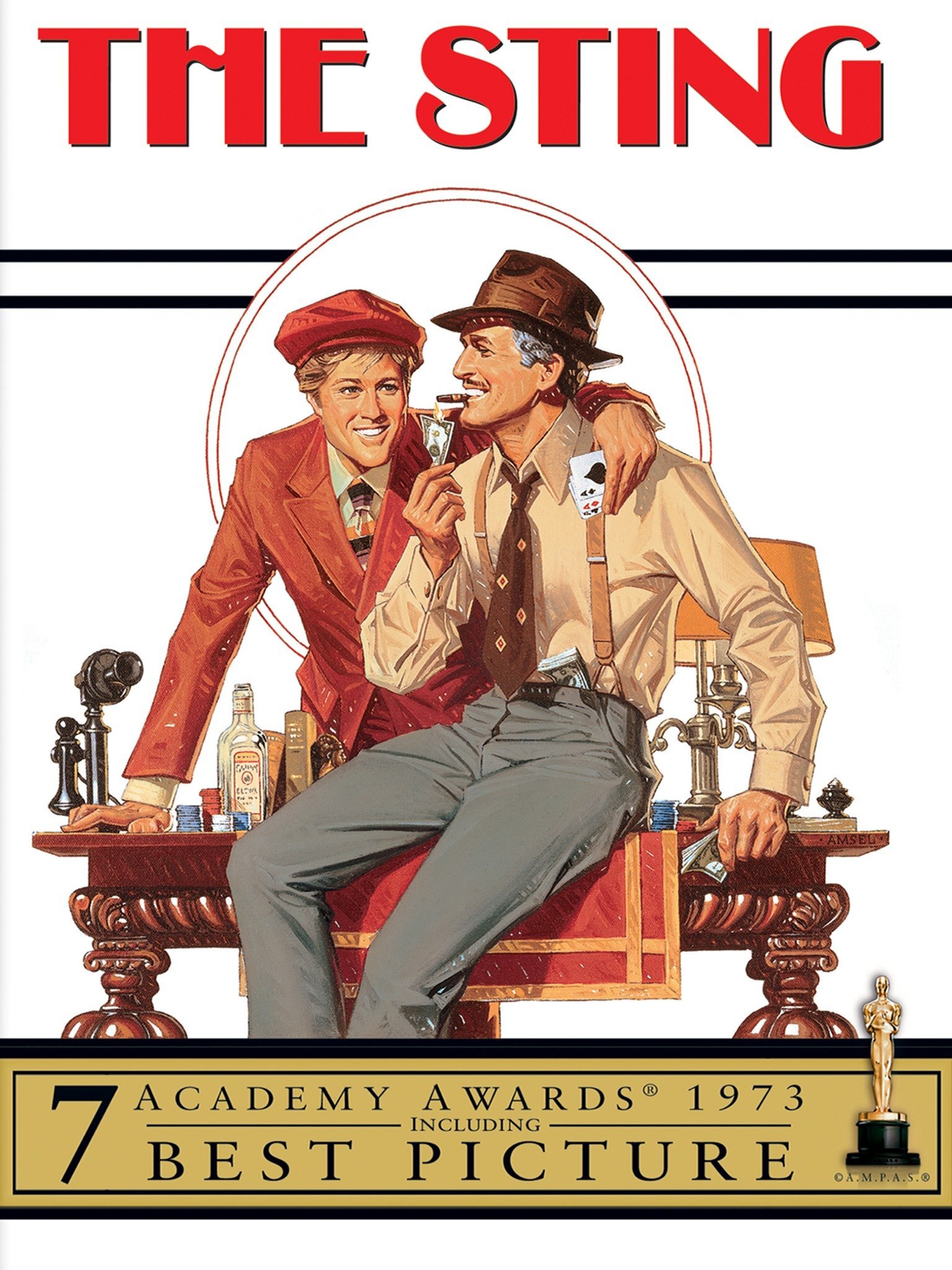DVD: Divine Viewing Diversions
Paul Newman Movies
It was easy to take superstar Paul Newman for granted throughout his spectacular movie career.
In decade after decade from the 1950s on, he proved to be a likable, plausible, capable leading man on movie screens everywhere.
And the thought of just how rare and often overlooked he was comes to mind every time anyone – especially a contemporary youngster – catches a glimpse of Newman on a screen or a magazine cover and mutters to a companion, “Hey, it’s the popcorn guy” or “Yo, it’s the salad-dressing dude.”
Because, yes, all the royalties and profits from all those 100-plus “Newman’s Own” products that crowd the supermarket shelves go to charity. So, you know that somewhere among his many strengths, philanthropy deserves a wordy mention.
To say nothing of the talent, or looks, or drive, or passion for race-car driving and politics of the man who passed away in 2008 at age 83.
But it’s his many marvelous movies we remember. So, see if this six-pack of titles – a decidedly small sample – doesn’t recall his memorable filmography.
THE HUSTLER (1961)
Paul Newman – and a new man he was – was a star most assuredly on the rise as he buzzed through the mid- and late-1950s in big-screen vehicles that featured him squarely behind the wheel. Then, in the ’60s, beginning with this compelling drama set in the poolroom subculture, his roles got even showier and he quickly proved he was more than up to the task. As the title character, Newman is a hardened, self-destructive loner and pool shark competing with Jackie Gleason. It’s Fast Eddie versus Minnesota Fats in a breathlessly absorbing film with seedy atmosphere to burn as the Newman mythology begins in earnest.
COOL HAND LUKE (1967)
Newman’s charismatic coolness fit the bill later in the decade with this fascinating portrait of another anti-hero in this chain-gang prison drama. It earned Newman a Best Actor Oscar nomination and George Kennedy an Oscar for Best Supporting Actor. But in a movie with more than its share of unforgettable elements, two stand out. One is the oft-repeated (by us) line of dialogue, “What we’ve got here is a failure to communicate,” intoned by the prison captain. The other is a classic hard-boiled-egg-eating contest that will lodge itself in your memory bank forever. Newman’s ability to carry a film on his shoulders was by now well-established. But he was about to find value in “teaming up.”
BUTCH CASSIDY AND THE SUNDANCE KID (1969, PG)
Newman shared star billing with one Robert Redford in this offbeat, bromantic western in a crackerjack pairing that helped close out the 1960s. The co-leads play outlaws struggling to adapt and survive in the early 1900s as they are being pursued by a relentless posse of deputies. With a minimum of music and maximal humor, this highly entertaining dramedy won Oscars for Best Cinematography, Best Song (“Raindrops Keep Fallin’ on My Head”), Best Original Score (Burt Bacharach) and Best Screenplay (William Goldman), as well as collecting nominations for Best Film and Best Director (George Roy Hill). Thus was the buddy-movie genre kicked off in style.
THE STING (1973, PG)
Four years later, a reunion of big-screen buddies/baddies Newman and Redford was very much in order, both commercially and aesthetically. And all “The Sting” managed to do was take home the Oscar for Best Picture, just one of its seven statuettes. The chemistry between the two leads was once again a treat that they made seem easy. They play grifters in Chicago in the 1930s seeking revenge against a violent gangster by staging one of their extravagant con jobs. This is played out against a background of Scott Joplin’s ragtime music, which was headed for a revival thanks to the popularity of the film.
THE VERDICT (1982, R)
In what is arguably Newman’s career-best performance, he is brilliant in this courtroom drama about an alcoholic Boston lawyer now reduced to ambulance chasing. He has bottomed out, but he gets a shot at redemption when a medical malpractice suit comes his way that allows him to get back in touch with his legal skills and principles. This is Newman at his very best, collaborating with veteran director Sidney Lumet, in pursuit of elusive justice, with every word and every gesture delivering meaning and impact. Consequently, the film was nominated for five Academy Awards – Newman for Best Actor, Best Picture, Best Director, Best Adapted Screenplay (David Mamet), and Best Supporting Actor (James Mason).
THE COLOR OF MONEY (1986, R)
Then, four years later, as if the Academy Award voters honored Newman to make up for denying him the Best Actor Oscar he should have won for “The Verdict,” he waltzed off with the equivalent award for this long-delayed sequel to “The Hustler.” Newman returning a record-setting 25 years later as the same character, ex-pool pro Fast Eddie Felson. But this time out, he’s managing and mentoring young pool hotshot and hustler Tom Cruise. Meanwhile, director Martin Scorsese is to film shot-making what Newman and Cruise are to pool shot-making, and Newman’s award lands easily and satisfyingly as a career Oscar. They say that sequels never equal. Well, this one does.






